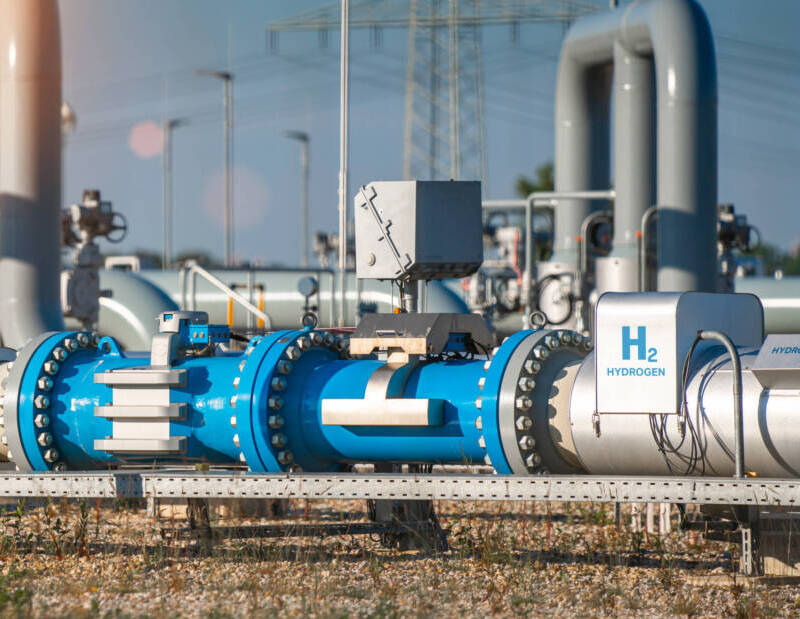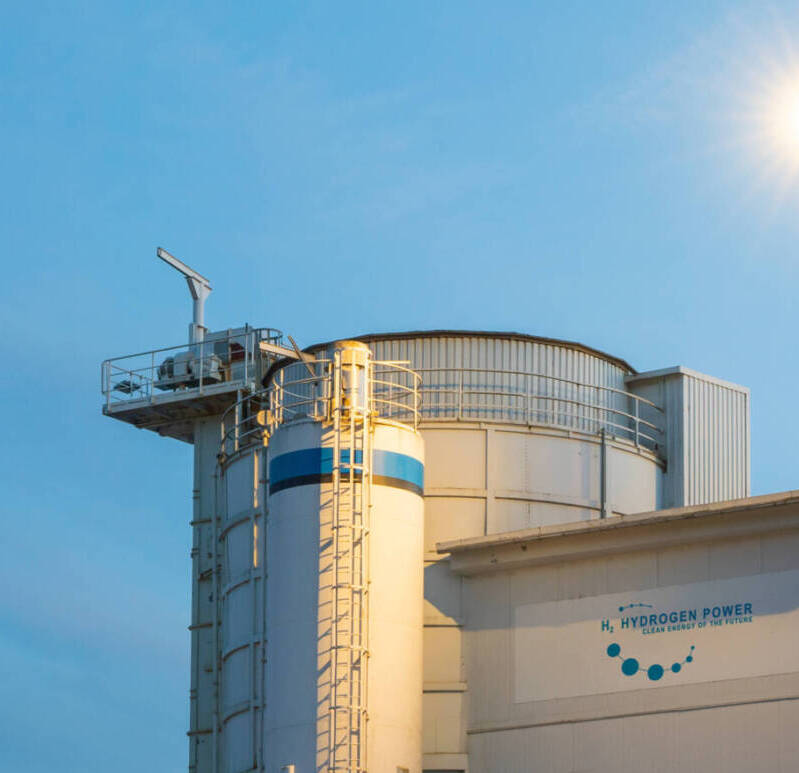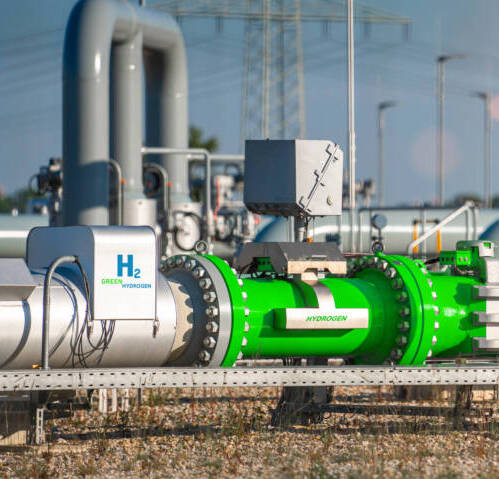Helping utilities diversify and industrial and transportation clients meet their sustainability goals.
As the global energy landscape shifts towards sustainability, hydrogen and renewable gases are emerging as vital alternative energy sources. Diversifying renewable energy is essential for a sustainable and resilient future. We can create a balanced and reliable energy mix by integrating various renewable technologies—such as solar, wind, geothermal, hydrogen, renewable gases, and bioenergy. Clients across sectors, including industrial and manufacturing companies, agricultural businesses, municipalities, local governments, and transportation and logistics firms, are increasingly interested in alternative renewable gases. Utilities, chemical and petrochemical industries, renewable energy developers, and corporate entities with sustainability goals also recognise the value of these gases. Waste management companies, too, can benefit from converting waste into energy.



Delivering Sustainable Solutions
Our clients are motivated by the need to reduce carbon footprints, manage waste, meet regulatory requirements, and enhance energy security. Ayesa is well-positioned to guide them through tailored solutions, leveraging our expertise to integrate renewable gases into existing infrastructure and energy systems, helping them achieve their sustainability and operational goals efficiently.


The potential of hydrogen and renewable gases


Hydrogen - Leading the transition to low-carbon
Hydrogen stands out as a versatile and clean energy carrier, offering a powerful alternative to fossil fuels. When used in fuel cells, it generates electricity with only water as a byproduct, making it an environmentally friendly option. Hydrogen can be produced in several ways, each with varying impacts on sustainability:
Green Hydrogen: Produced through the electrolysis of water using renewable energy sources like wind or solar power, green hydrogen results in zero emissions, making it the most sustainable form of hydrogen production.
Blue Hydrogen: Created from natural gas through steam methane reforming, blue hydrogen captures and stores the resulting CO2. While not as clean as green hydrogen, it significantly reduces emissions compared to conventional methods.
Grey Hydrogen: Also derived from natural gas but without carbon capture, grey hydrogen emits substantial CO2, making it less favourable for achieving sustainability goals.
For utilities, integrating green hydrogen into energy systems is a key step in reducing carbon footprints and promoting environmental stewardship. Hydrogen’s versatility allows it to be utilized across various industries, including transportation, industrial processes, and power generation, providing flexibility and a viable path toward decarbonizing multiple sectors.
Renewable Gases - Expanding the Horizon
Renewable gases, including biogas and synthetic methane, complement hydrogen in the renewable energy portfolio. By leveraging these gases, Ayesa can offer more diverse and adaptable energy solutions, contributing to a more robust and flexible energy grid or enabling industrial clients to meet their sustainability goals.
These gases are produced from organic materials or through chemical synthesis, and their integration offers several benefits:
Biogas: This is generated from the anaerobic digestion of organic waste, such as agricultural residues, food waste, and manure. Biogas consists primarily of methane and carbon dioxide and can be used for electricity generation, heating, and vehicle fuel. Utilising biogas not only helps manage waste but also reduces greenhouse gas emissions.
Synthetic Methane: This gas is produced by combining CO2 with hydrogen through methanation. It can be used in existing natural gas infrastructure, providing a pathway for integrating renewable energy into current systems. The ability to store and transport synthetic methane makes it a valuable component of a renewable energy strategy.
Power-to-Gas: This method involves converting excess renewable electricity into hydrogen, which is then used to produce synthetic methane. It provides a means to store surplus renewable energy and balance supply and demand.
Renewable Dimethyl Ether (DME): Produced from renewable sources such as biomass or renewable hydrogen and CO2, DME is a clean-burning fuel that can replace diesel in transportation and industrial applications. Its compatibility with existing diesel engines and infrastructure makes it a versatile option for reducing emissions.
Renewable Methanol: Methanol can be produced from renewable sources such as biomass, CO2, and hydrogen. It serves as a chemical feedstock and fuel, with potential applications in transportation, power generation, and hydrogen carriers. Renewable methanol can replace fossil fuels and reduce overall carbon emissions.
Bio-Syngas: Derived from biomass gasification, bio-syngas primarily contain hydrogen, carbon monoxide, and carbon dioxide. It can be utilized for power generation, as a chemical feedstock, or in combined heat and power systems. Bio-syngas offer a flexible and renewable alternative to fossil-derived syngas.